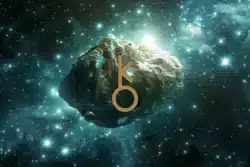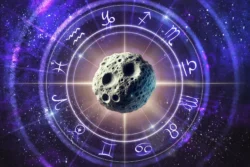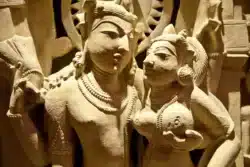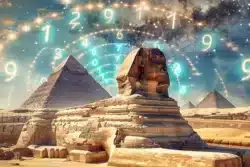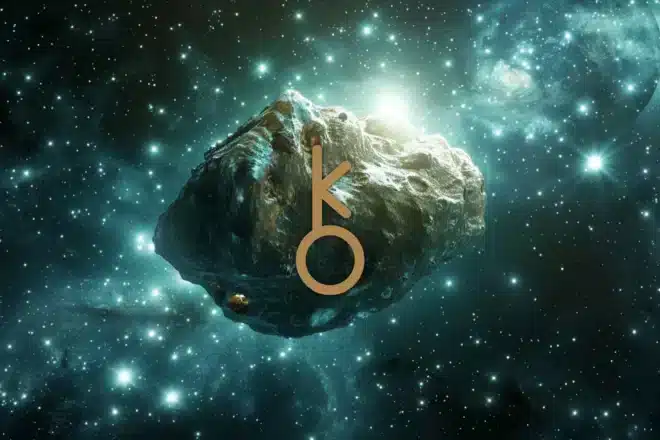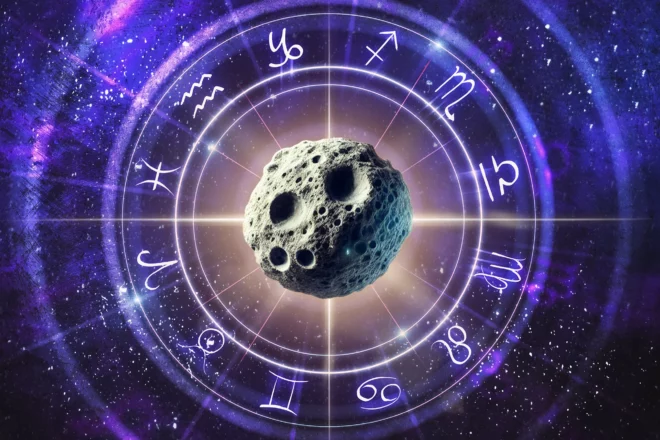Welcome to a series about the Great Minds in Astrology. Each month this post will look at the key thinkers and practitioners in the field of astrology, from ancient to contemporary times. Numerous men and women have made significant contributions to the field of astrology. These Great Minds provide a large bibliography of writings worth reading and putting into your own astrology library. This article will distill a thinker’s essential and many contributions, and provide a book list of their key works. As with any thinkers who write extensively, some books stand out more than others, and these will be identified. Some works have practical application and others are theoretical, depending on whether or not you wish to practice astrology or just study it. This article will talk about C.E.O. Carter.
Charles Edwin Owen Carter (January 31, 1887 – October 4, 1968)
C.E.O. Carter was a prolific author and publicly active astrologer. Carter is considered the most influential astrologer of the 20th Century. His book, the Principles of Astrology, first published in 1925, still influences modern astrology.
Carter published his first book – An Encyclopedia of Psychological Astrology– in 1924. Below is a selected list of his books:
Next after this publicity
- An Encyclopedia of Psychological Astrology (1924)
- The Principles of Astrology (1925; most recently republished in 2018)
- The Seven Great Problems of Astrology (1927; 1970)
- The Zodiac and the Soul (1928)
- Symbolic Directions in Modern Astrology (1929)
- The Astrological Aspects (1930)
- The Astrology of Accidents (1932; 1961; 1977)
- Some Principles of Horoscopic Delineation (1934)
- Essays on the Foundations of Astrology (1947; 1978)
- An Introduction to Political Astrology (1951; 1969; 1973)
Comprehensive Astrology Library
His many books are must-haves for any astrology library, especially for individuals interested in learning the history of astrology. While the technical work holds up; many of the interpretations remain stuck in the past, using crude forms of psychological knowledge and lost professions, social norms, and economic circumstances.
The Principles of Astrology
The Principles of Astrology is the de facto text to own. It is the origin point for modern astrology. Owning this book would be like owning the Rider-Waite Tarot (1909), which is the deck that informs most modern decks. Compared to works written in the last twenty years, it is rather dated and “out of time”, but well worth having your astrology library.
From the back cover of the 2018 edition:
This has long been considered one the best books for the beginner and intermediate in Astrology, having been written by a man who taught thousands of people over many years. It was written because the author wanted to remove the complexities that often interfere with learning Astrology properly and bring the process to the reader step-by-step.
All of the basic information needed is presented in a clear and understandable way. The reader will gain a clear understanding of the astrological signs, planets, houses, and aspects in chapter one so that in chapter two, one can put a horoscope together. More detailed information is found in the remaining chapters so by the time one reaches the end of the book, they have all that is needed to work with Astrology in a highly proficient manner.
Next after this publicity
C.E.O. Carter is one of the truly great teachers, and includes important information beyond the basics–but the reader is first able to build a proper foundation. It has been said that this book is the source for much of the more modern works on Astrology, so it would make sense to use the original source, with all of the key information available in one package. As far as teachers of Astrology go, Charles Carter was considered the best of the best.
The Astrological Aspects
If you start with the Principles of Astrology, then his remaining books would be good to purchase and read next. They provide a deep dive into all the basic components of astrological study.
From the back cover of the 2000 edition:
The Astrological Aspects is a thought-provoking series of essays with examples and full delineation of the most commonly used astrological aspects.
This book contains a wealth of information from the basic interpretation of the harmonious and inharmonious aspects to a discussion of the power inherent in the conjunction. Included in each chapter is a list of well-known people with the aspects in their charts and a discussion as to how they used those energies.
The Astrological Aspects is considered one of the classics on aspect delineation and found on the desks of professional astrologers around the world.
Next after this publicity
An Encyclopedia of Psychological Astrology
Another book to consider purchasing would be An Encyclopedia of Psychological Astrology. Originally published in 1924, it has been reprinted as recently as 2005.
From the back cover of the 2005 edition:
Subtitled, An Encyclopaedia of Character & Disease, Carter’s classic book was the result of study of hundreds of horoscopes. C.E.O. Carter discovered that specific degrees of the zodiac produced specific results, including things like abscesses, goiter, poor vision, medical or musical ability, spinal curvature, asthma & much more.
He also found astrological guidelines for traits such as boredom, love of animals, hay fever, rambling speech, epilepsy & many more. Sometimes known as Carter’s Little Green Book. Always surprising, sometimes witty, this is one of the great books of the 20th century. Charles E.O. Carter (1887 – 1968) was one of the outstanding British astrologers of the 20th century.
He succeeded Alan Leo as head of Astrological Lodge at the Theosophical Society, a post he held from 1920 to 1952. He was editor of Astrology, The Astrologer’s Quarterly, from 1926 to 1959. Carter’s persistent genius reestablished astrology as a serious discipline in England, after two centuries of decline.
Symbolic Directions in Modern Astrology
Originally published in 1929, and most recently republished in 2010, this book looks at using astrology to forecast events. This book is certainly worth owning if you want to see how Carter developed his forecasting technique.
From the back cover of the 2010 edition:
In this book, C.E.O. Carter (1887-1968) seeks a method of astrological forecasting that produces accurate results without the complicated calculations of Primary Directions. To quote Carter, an ideal directional system should fulfill four criteria:
1. No important event should pass without a direction.
2. No direction should pass without an event.
3. Events and directions should correspond narrowly in time.
4. Events and directions should correspond in character. (from page 10)
To achieve these goals, C.E.O. Carter examined a number of symbolic systems. Symbolic because they were not based on any actual planetary movement, but rather, were arcs, arbitrarily chosen and then uniformly applied to all factors in the natal chart.
In this book, he presents the best of his research. Among the systems of exceptional merit are the One degree, the Naibod (59 8), the Duodenary (2 degrees 30), the Sub-duodenary (12 30), the Septenary (4 2/7ths degree), Novenary (3 degrees 20), and the Fractional Measure, which is based on natal aspects.
Along the way, Carter s restless mind tackled the subject of death. Here, he discovered what he termed the Measure of Death. He says while it does not always forecast death, the Measure of Death is always present at death.
Carter found symbolic directions to have real value in astrological forecasting. His work remains unique




